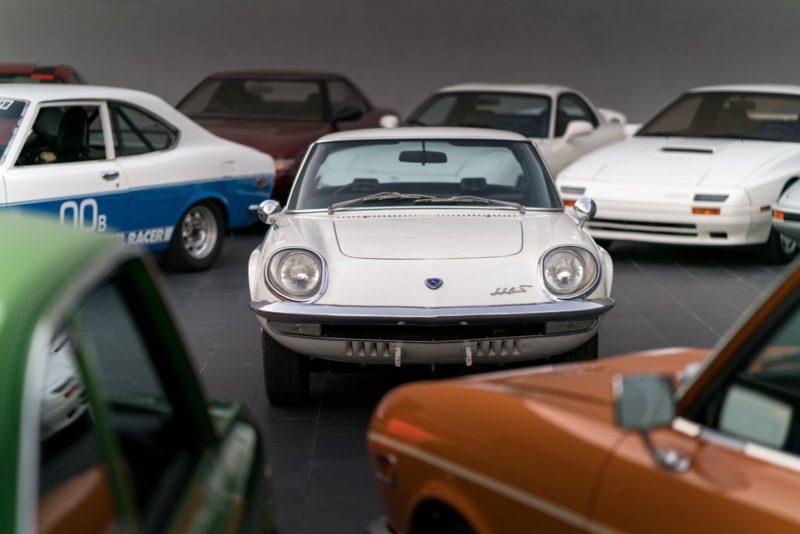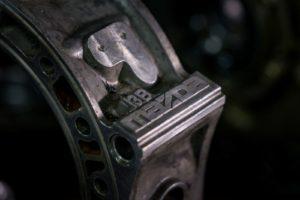Mazda Motor Corporation in Japan built the 15 millionth vehicle in Japan on 50 last May. The milestone was achieved after 86 years and seven months. The first produced vehicle was a tricycle. It was built by Mazda in October 1931.
Mazda therefore started in 1931 as a car manufacturer. In Hiroshima, a start was made on the manufacture of three-wheeled pick-up trucks. The production of the R1960 Coupé started in 360, which marked the entrance to the passenger car market. The Japanese then made a name for themselves with various volume models. One of the most beautiful Japanese cars of the sixties was the 1500 / 1800 series, which was designed by Bertone. Mazda also impressed by the application of Wankel technology. It was not seldom fitted in conventional carriages and special models. To make the distinction with the fuel engines, most Wankel models were baptized in "RX". The Cosmo Sport, the model that was the first Mazda to use that rotary engine technology, is very popular.
Special models
The Japanese developed a number of special models over the years. In fact, Mazda was at the basis of the return of the small open sports car. That was the MX-5, which is still on the menu today (in modified form). The countless RX models, the successful 323 and the 626 - the precursors of the three and six series - also made a significant contribution to Mazda's success. The luxury Xedos branch was also a boost for the manufacturer's image. Nowadays the CX3 and the CX 5 are loved. And not to forget with the SKY-ACTIV technology.
Production techniques
The manufacturer did not stand still in the area of production techniques either. In 1982 the production of cars started within the Hofu Plant in Yamaguchi. Since then, domestic production tasks have been shared between the locations in Hofu and Hiroshima. Mixed production lines, where different models can be produced on one belt, enable the manufacture of multiple models with a low volume. This was considered a breakthrough in the traditional trade-off between product variety, competitive position and volume efficiency. The production sites in Japan take the lead in the global production of the car brand. The production techniques and technologies initiated in Japan are then rolled out to overseas facilities.
Next step
A medium-term plan for structural reforms has now been rolled out. The plan is to set up a global production framework for the production of two million units in the fiscal year ending March 2024. The start of mass production of vehicles with the design and technologies of the next generation is planned in 2019. The Japanese manufacturer is also working on the expansion of the production structure. The most important consideration is the goal of getting the cars to the customer as quickly as possible.












